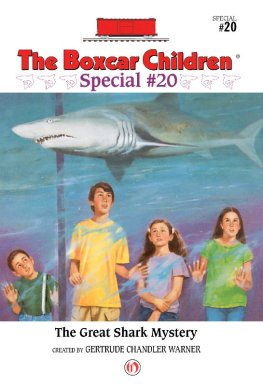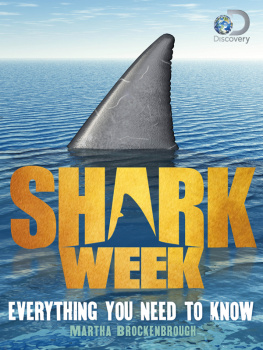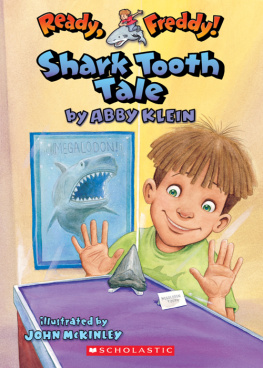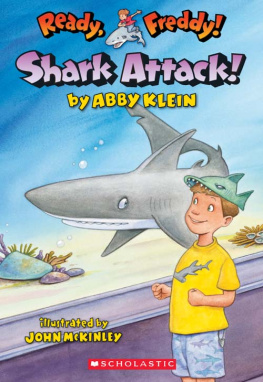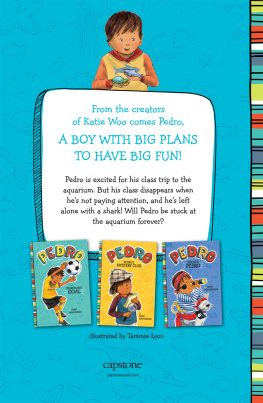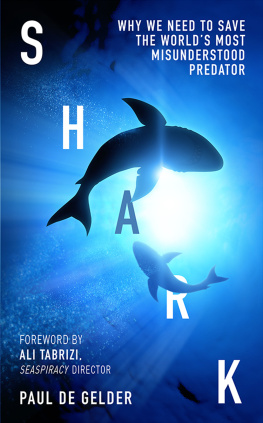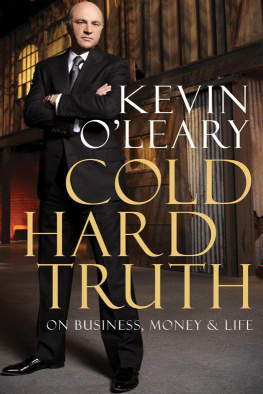About the Shark Arm case
Columnist Peter FitzSimons wrote in the Sydney Morning Herald, 22 July 2015 about the Shark Arm case: In Sydney, historically we know better than just about any city in the world the terror of what sharks can do to the human body for we, dear friends, have hosted the biggest tabloid shark story in the history of the world It is a killer tale, too good not to tell or, in this case, retell, many times over.

About the authors
Phillip Roope and Kevin Meagher are both former high school English and History teachers who ended up in the film industry. Kevin has tutored students on feature film production and making television commercials; Phillip has been location manager on over 45 feature films and TV series, ranging from Blue Murder for TV and Baz Lurmanns The Great Gatsby.
First published in 2020
Copyright Phillip Roope and Kevin Meagher 2020
All rights reserved. No part of this book may be reproduced or transmitted in any form or by any means, electronic or mechanical, including photocopying, recording or by any information storage and retrieval system, without prior permission in writing from the publisher. The Australian Copyright Act 1968 (the Act) allows a maximum of one chapter or 10 per cent of this book, whichever is the greater, to be photocopied by any educational institution for its educational purposes provided that the educational institution (or body that administers it) has given a remuneration notice to the Copyright Agency (Australia) under the Act.
Every effort has been made to trace the holders of copyright material. If you have any information concerning copyright material in this book please contact the publishers at the address below.
Allen & Unwin
83 Alexander Street
Crows Nest NSW 2065
Australia
Phone:(61 2) 8425 0100
Email:
Web:www.allenandunwin.com

ISBN 978 1 76087 598 5
eISBN 978 1 76087 917 2
Set by Midland Typesetters, Australia
Cover design: Philip Campbell Design
Cover photos: Hall & Co. (1928), State Library of New South Wales, Call No. 35106 [Coogee Pier]; NSW State Archives and Records, INX-84-37295 [Patrick Brady]
For Gavin, Vanessa & Matt


On 25 April 1935, a 4.4-metre tiger sharkcaught one week earlier off the coast of New South Waleshorrified onlookers at a Sydney aquarium when it vomited up a human arm. In a matter of days, police were able to positively identify the owner from the fingerprints and a very distinctive tattoo of two sparring boxers on the forearm. Thus began the most sensational investigation of its day, described by one contemporary newspaper as A tragedy such as Edgar Allan Poe never dreamed of in his weirdest fiction a tragedy that is without parallel in the history of crime the world over.
The authors first became interested in the Shark Arm story back in the early 1980s when teaching together at a high school in Sydneys south. The story appeared in a book of Australian classic short stories, and its recounting always guaranteed the students undivided attention. As is the case today, many doubted that it actually could have happened, and the ending was always a disappointmenta man charged with the murder but then acquitted, swearing to his dying day that he was innocent. If fate conspired at incalculable odds to have a shark disgorge the victims arm, it seemed unthinkable that the guilty should go unpunished.
A desire to set this to rights has led the authors over many years to this book. The pace quickened in 2009, when the complete police file on the murder was obtained. When the authors had digested the huge pile of random reports, interviews, internal correspondence, photos and informers notes, they were able to construct a timeline that made sense of the story and gave an insight into the way the detectives worked and what they really thought. As well as these primary sources, the authors relied heavily on two previous works on the murderThe Shark Arm Case published in 1963, a collaboration between journalist Vince Kelly and the man accused of the murder, Patrick Brady, and The Shark Arm Murders written by legal academic Professor Alex Castles and published in 1995. Both of these books provided invaluable insights into the sensational events surrounding the murder of James Smith, but came to no firm conclusions as to who was responsible.
Having read all contemporary newspaper reports, waded through the original court transcripts of the inquests and trials, and unearthed previously unseen evidence in the police files, the authors are confident that they can identify those persons responsible for one of the most famous unsolved murders in Australian criminal history. But the reader will be the judge and may well draw other conclusions. We are merely presenting the evidence again and only doing so because, in a billion to one chance, in the vastness of the ocean, a shark swallowed a human arm and brought a gruesome murder to light.

At the time of the Great Depression, Sydney was home to 1.25 million peoplean almost entirely homogenous population of English, Scottish and Irish descent who were lucky enough in these hard years to inhabit the dazzling harbour, waterways and beaches that for millennia had been the home of the Eora people. An unsophisticated lot, Sydneysiders loved their sport and flocked in staggering numbers to the dogs, the trots, the ponies, footy and cricket, and when the weather grew warmer, they took to the water to catch fish by the hessian bagful or to surf, swim and sun themselves at any of the citys renowned beaches.
Manly, Bondi and Coogee were the meccas, and entrepreneurs spared no expense to cater for the vast crowds who flocked to their golden expanses. On Saturday, 16 November 1929, a month after the Wall Street Crash, an estimated 135,000 peopleone in nine of the citys entire populationflocked to Coogee to attend the opening of the Coogee Pier and adjacent shark-proof enclosure. The pier had a 1400-seat theatre, a 600-person capacity ballroom, a 400-seat restaurant, retail shops and a penny arcade. If beach-goers grew tired of the piers amusements, they could walk to the northern end of the beach where they would find the long-established Coogee Aquarium Baths under a domed roof.
The baths were owned by Charlie and Bert Hobson, slick showmen who, to attract the crowds, had installed an electric pumping system that could empty and refill the 50-metre pool with fresh seawater in less than an hour. In summer, it was packed with bathers, and in the cooler months it became an aquarium where sea creatures were exhibited. The entrepreneurial brothers knew that the public wanted to see sharks and Bert, a keen fisherman with an ocean going trawler, had little trouble hooking the monsters that cruised off Sydney in great numbersattracted to the city by the untreated waste from abattoirs and municipal markets that was dumped daily into the ocean and waterways.


